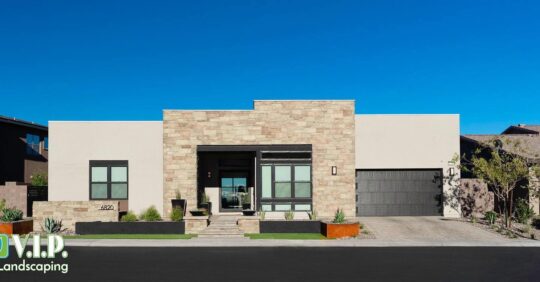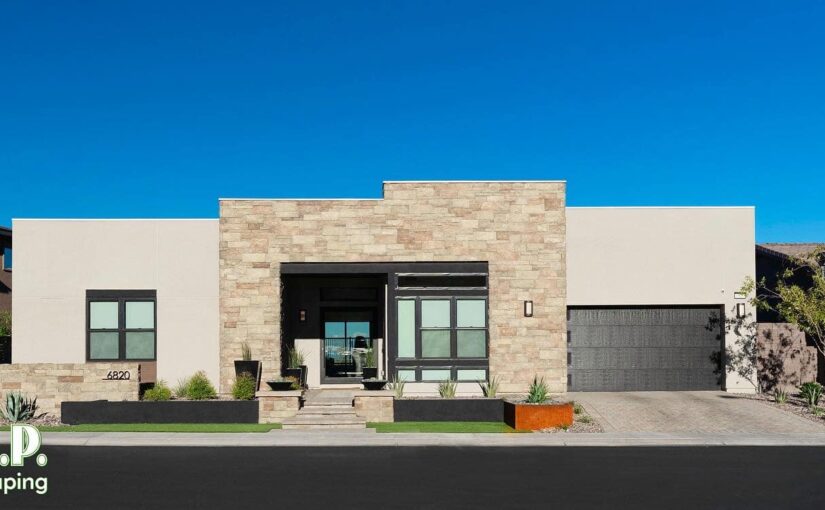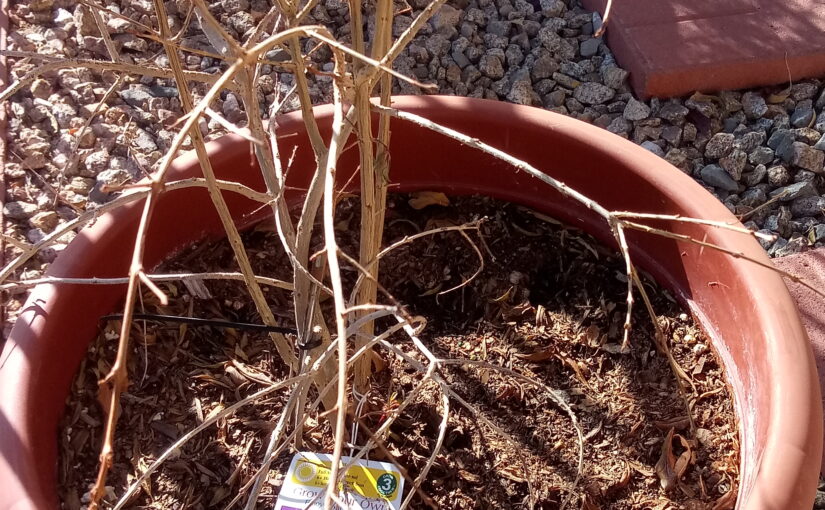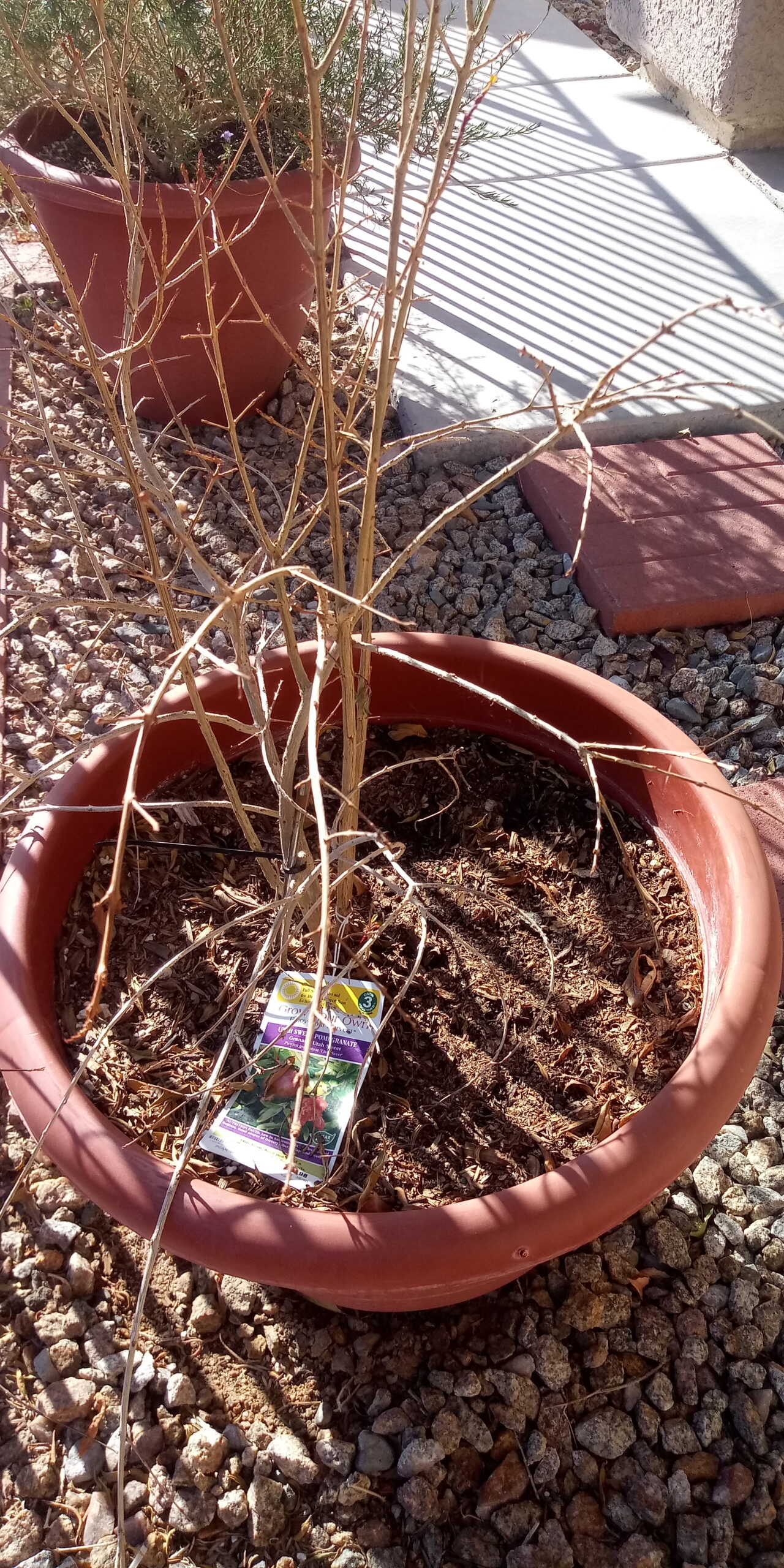
Desert landscaping is a popular choice for homeowners in Las Vegas. It is a sustainable and low-maintenance way to create an outdoor space that is both beautiful and functional. Here are some ideas to help you get started:
Desert Palettes: Desert gardens may not have the lush greens of cottage or woodland gardens, but they have intriguing color palettes unique to their climate. Desert sunrise and sunset light illuminates a garden with gorgeous muted colors. There are plenty of ways to integrate bright or subtle colors. Explore the many different colors of succulents available, and be sure to consider the colors of stones and containers in your designs. The classic desert landscape palette has earthy colors ranging from warm terra cotta and sandy tones, to cool blues, grays, greens and purples found in succulents, cacti and desert wildflowers.
Cacti vs Succulents: Most people think of cacti and succulents as the plants most commonly found in desert climates. A cactus is a succulent, but a succulent is not necessarily a cactus. Basically, a succulent is a plant that can store water in its stems and leaves, and can therefore survive a long time without water. Cacti also store water but tend to be identifiable by the “hairs” growing from their areoles (cushiony growths), and they do not grow leaves. Sometimes these hairs growing on cacti are sharp! Cacti also may produce flowers from the areoles. Cacti come in a wide variety of sizes and shapes.
Drought-Tolerant Flowering Perennials: There are many drought-tolerant plants that do well in desert gardens. These include Russian sage, sedums, agastache, fountain grass, Mediterranean herbs like rosemary and lavender, and many salvias.
Hardscaping: Hardscaping refers to the non-living elements of your landscape design such as rocks, boulders, pavers, walls, etc. Hardscaping can add visual interest to your garden while also serving practical purposes such as creating pathways or retaining walls.
Water Features: Water features such as fountains or small ponds can add an element of tranquility to your desert garden while also providing a source of moisture for plants.
I hope these ideas help you create a beautiful desert landscape!



